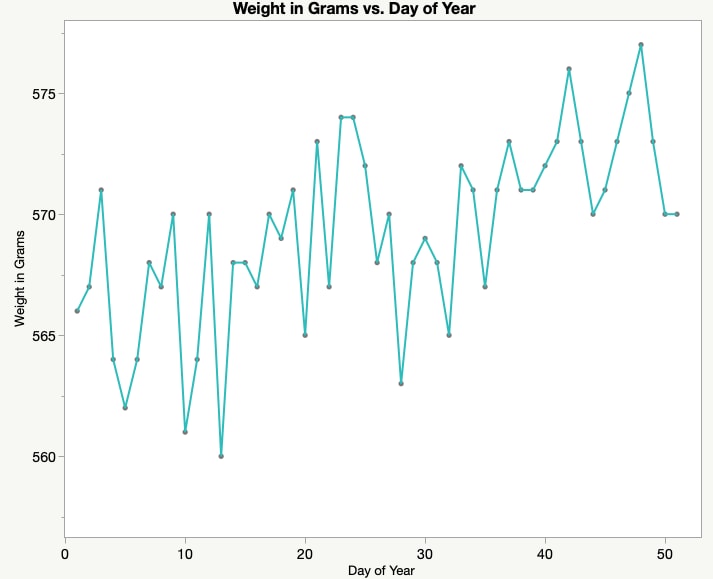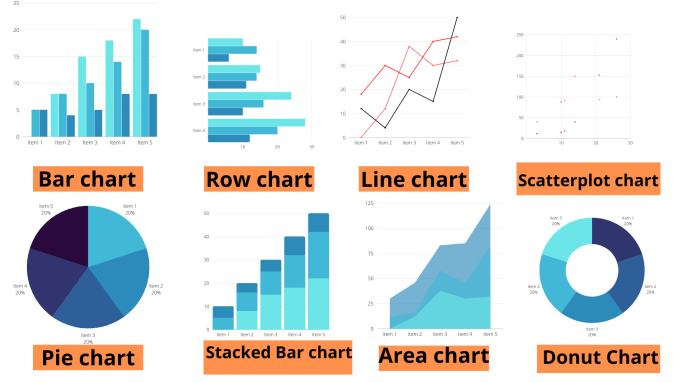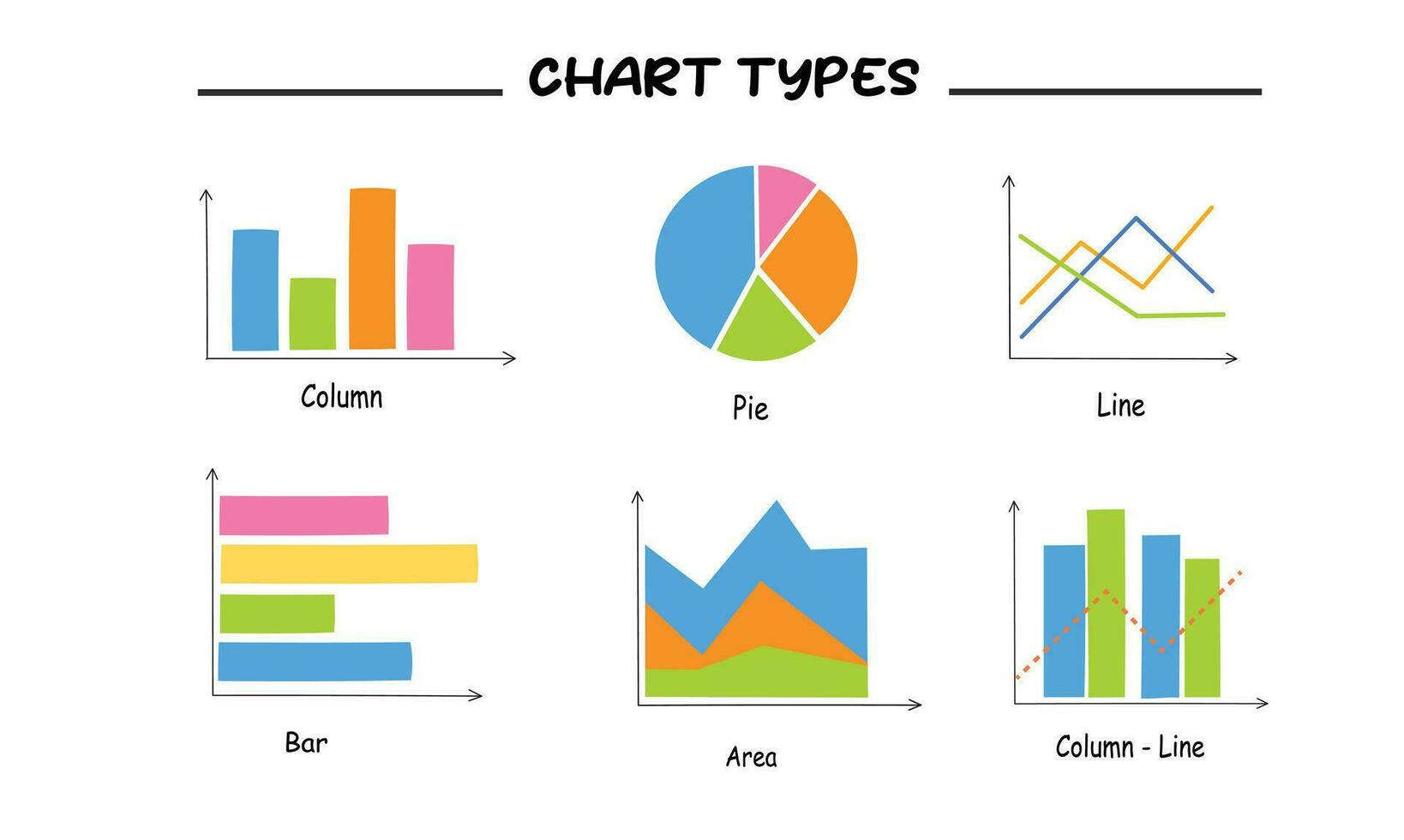How to Merge Datasets in Stata: A Comprehensive Guide|2025
/in STATA Articles /by BesttutorHow to Merge Datasets in Stata: A Comprehensive Guide provides detailed instructions on merging datasets efficiently in Stata. Learn the steps, commands, and best practices for seamless data integration.
Merging datasets is an essential task when working with data analysis and management. In Stata, merging allows you to combine datasets containing complementary information about the same units of observation. This paper provides a detailed guide to merging datasets in Stata, including various merging strategies, key commands, and best practices. Keywords such as merge Stata, merge m:1 Stata, Stata joinby vs merge, Stata merge different variable names, Many-to-many merge Stata, Stata merge if, Stata merge vs append, and Stata merge keep will be covered throughout this guide.
Table of Contents
ToggleUnderstanding Merging in Stata
Merging in Stata refers to the process of combining two or more datasets based on one or more common variables, known as key variables. This process is central to data preparation, especially when the datasets contain different pieces of information about the same entities. Stata provides several methods to merge datasets depending on the structure of the data and the type of relationship between the datasets.
The basic syntax of Stata’s merge command is:
merge 1:m varlist using filename
Here, 1:m specifies the type of merge, and varlist refers to the variables common to both datasets. The using filename part specifies the second dataset that is being merged into the dataset in memory.
Types of Merges in Stata
Stata supports different types of merges, depending on the relationship between the datasets. These include:
- One-to-One Merge (1:1): This type of merge is used when both datasets have a one-to-one correspondence for each observation. For instance, if each dataset contains one observation per individual (with unique IDs), a 1:1 merge is appropriate.
- One-to-Many Merge (1:m): This occurs when one dataset contains unique observations (e.g., each individual has only one record in the first dataset), while the other dataset has multiple records for each observation (e.g., repeated measurements for each individual). The
1:mtype merge is used when one dataset contains a unique key variable, and the other contains duplicates for that key variable. - Many-to-One Merge (m:1): This is the reverse of the one-to-many merge, where the first dataset contains multiple observations for each unit (e.g., multiple records per individual), and the second dataset has a unique key variable. The
m:1merge type combines the two datasets by matching on the key variable. - Many-to-Many Merge (m:m): This type of merge is used when both datasets contain multiple records for the same unit. For example, if both datasets have repeated measurements or entries for each individual, the
m:mmerge combines the datasets by matching records where the key variables have matching values in both datasets.
Each of these merge types requires different commands and considerations. Stata’s merge syntax allows for precise control over the merging process, ensuring that the final dataset is constructed in a way that fits the analysis.
Merging Datasets with merge m:1 in Stata
The merge m:1 command is used when the first dataset contains many records for each observation (e.g., multiple entries per person), while the second dataset contains only one record per observation. This is a typical use case in panel data analysis or when an observation is recorded across multiple time points.
The syntax for a merge m:1 is:
merge m:1 keyvariable using second_dataset
In this case, keyvariable is the common identifier (e.g., an individual ID), and the second_dataset contains one record for each individual.
Stata: joinby vs. merge
Stata offers both the merge and joinby commands to combine datasets. While the merge command is the most common tool for combining datasets based on key variables, the joinby command offers an alternative for certain situations.
mergeCommand: Themergecommand is more restrictive and expects a defined relationship between the datasets, such as one-to-one, one-to-many, or many-to-one. It requires matching key variables to align the datasets.joinbyCommand: Thejoinbycommand is more flexible in that it performs a cross join, meaning it merges all combinations of observations from both datasets that share common values in one or more key variables. This is useful when datasets have many-to-many relationships, and you want to combine every matching record from both datasets.
For example, if both datasets contain repeated measures of the same units, joinby will match every possible pair of records with the same key variable value, whereas merge would require explicit one-to-one or many-to-one relationships.
Merging Datasets with Different Variable Names
In some cases, datasets may have the same type of information, but the variable names differ. Stata allows merging datasets with different variable names by renaming variables before or during the merge process.
Here’s a typical workflow for merging datasets with different variable names:
- Rename Variables: You can rename the variable in one dataset so it matches the other dataset’s variable name. For example:
stata
rename old_varname new_varname
- Merge with Renamed Variables: Once the variables are renamed, you can merge the datasets as usual:
stata
merge 1:m common_variable using dataset2
Alternatively, you can specify the using dataset’s variable names directly in the merge command, using the using() option.
Many-to-Many Merge in Stata
Many-to-many merges are more complex and can lead to larger and potentially confusing datasets. A many-to-many merge occurs when both datasets have multiple records for the same key variable, and you want to combine them.
In Stata, to perform a many-to-many merge, use the following syntax:
merge m:m keyvariable using second_dataset
While merge m:m is available in Stata, it is often discouraged unless necessary. The results can become large and lead to duplicates that may not make sense depending on the context of your data.
Instead of a many-to-many merge, you may want to reconsider the structure of your datasets and try to transform them into a one-to-many or one-to-one structure, depending on the specific analysis.
Stata Merge with Conditional Statements (if)
Stata’s merge command allows for conditional merging using the if qualifier. This enables users to merge datasets based on certain conditions, such as merging only for specific observations that meet particular criteria.
For instance, to merge only observations where a certain condition is met, the following command could be used:
merge 1:m keyvariable using dataset2 if age > 30
This command merges the datasets only for individuals aged over 30. The if qualifier is a powerful tool for filtering datasets before performing the merge.
Stata Merge vs. Append
While merging combines datasets based on common variables, appending stacks datasets on top of one another, adding observations without aligning variables.
- Merge: Combines datasets by matching rows based on a key variable.
- Append: Adds rows from one dataset to another, assuming that both datasets have the same variables.
Use merge when you need to align data based on shared variables and append when you simply need to add more rows of similar data.
For instance, appending datasets with the following command:
append using dataset2
This command adds all observations from dataset2 to the dataset currently in memory.
Stata Merge Keep
When merging datasets, it’s essential to decide how to handle unmatched observations. The merge command allows users to keep or drop unmatched records using the keep() option.
The merge command has the following options to keep or drop observations:
keep(match): Keeps only the matched observations.keep(keep)orkeep(1): Keeps all observations in the primary dataset.keep(using): Keeps all observations from the using dataset.
For example:
merge 1:m keyvariable using dataset2, keep(match)
This will keep only the matched observations, excluding records that don’t have a corresponding match in the second dataset.
Conclusion
Merging datasets in Stata is a critical step in data preparation. Whether you are working with a one-to-one, one-to-many, or many-to-many relationship, understanding the merge command and the different options available is essential for combining datasets effectively.
Key considerations include selecting the appropriate type of merge (1:m, m:1, m:m), managing variable name differences, handling conditional merges with if, and using the keep() option to control which observations are retained. By mastering these techniques, users can efficiently combine datasets and ensure that their analyses are built on well-merged, organized data.
GetSPSSHelp is the best website for “How to Merge Datasets in Stata: A Comprehensive Guide” because it offers expert, step-by-step instructions for effectively merging datasets in Stata. The platform simplifies complex data integration tasks, providing clear explanations of the necessary commands and techniques. GetSPSSHelp also offers personalized support to ensure users can successfully merge datasets based on their specific needs. With affordable pricing and high-quality resources, it is an ideal choice for anyone looking to master Stata’s data management features. Additionally, 24/7 customer support ensures that help is always available, making GetSPSSHelp a trusted resource for merging datasets in Stata.
Needs help with similar assignment?
We are available 24x7 to deliver the best services and assignment ready within 3-4 hours? Order a custom-written, plagiarism-free paper





